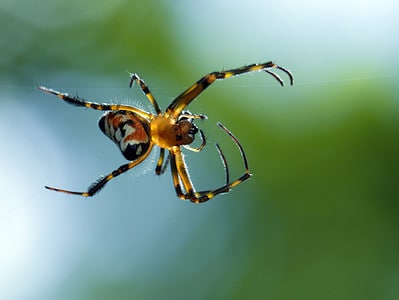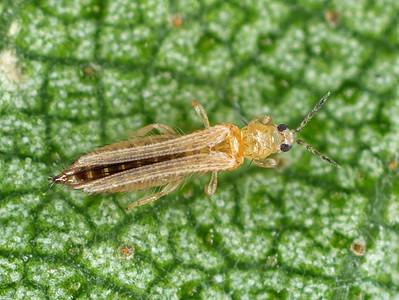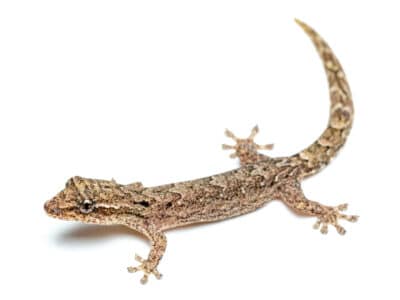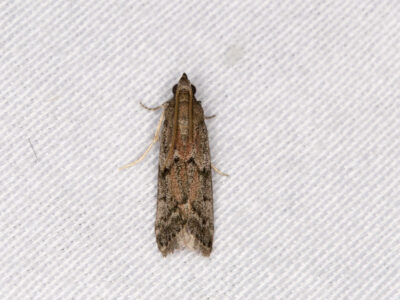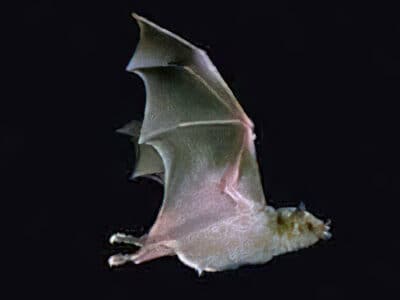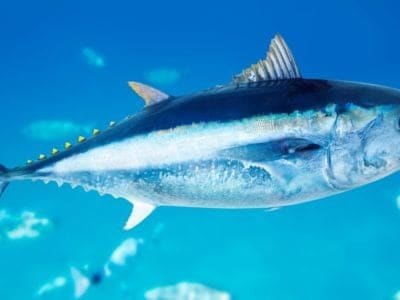Purple Gallinule
Porphyrio martinicus
They build their nests on the water, anchoring it to nearby aquatic vegetation.
Advertisement
Purple Gallinule Scientific Classification
- Kingdom
- Animalia
- Phylum
- Chordata
- Class
- Aves
- Order
- Gruiformes
- Family
- Rallidae
- Genus
- Porphyrio
- Scientific Name
- Porphyrio martinicus
Read our Complete Guide to Classification of Animals.
Purple Gallinule Conservation Status
Purple Gallinule Facts
- Prey
- seeds, fruits, aquatic plants, snails, insects, frogs, insect larvae, spiders, earthworms, and fish.
- Name Of Young
- Nestlings, fledglings
- Group Behavior
- Family units
- Fun Fact
- They build their nests on the water, anchoring it to nearby aquatic vegetation.
- Estimated Population Size
- Unknown
- Biggest Threat
- Habitat loss and hunting
- Most Distinctive Feature
- Green and purple coloring
- Distinctive Feature
- Conical bills and short, cocked tails
- Wingspan
- 21 to 22 inches
- Incubation Period
- 22 to 25 days
- Age Of Independence
- 10 weeks
- Age Of Fledgling
- Shortly after hatching
- Habitat
- Freshwater marshes
- Predators
- Alligators and snapping turtles
- Diet
- Omnivore
- Lifestyle
- Diurnal
- Type
- Bird
- Common Name
- Purple gallinule
- Special Features
- elongated feet and toes
- Location
- North America, South America
- Nesting Location
- floating vegetation
- Age of Molting
- One year
- Migratory
- 1
View all of the Purple Gallinule images!
“Their specialized, elongated toes allow them to walk across floating vegetation and cling to plant stems.”
Summary
The purple gallinule (Porphyrio martinicus) is a medium-sized bird in the rail family. It inhabits the warmer regions of North and South America, living in freshwater marshes. They spend their days walking across aquatic plants, diving underwater, and clinging to plant stems as they search for food and evade predators. They have elongated feet and toes, similar to a jacana. But unlike the jacana, they mate for life and live in helpful family groups. Discover fascinating facts about the purple gallinule, including where it lives, what it eats, and how it behaves.
5 Amazing Purple Gallinule Facts
- Some vagrants travel as far as Cape Verde and Great Britain.
- They build their nest on the water, anchoring it to nearby aquatic vegetation.
- Family groups consist of juveniles called “helpers” who assist the parents in feeding new nestlings.
- Their vocalizations include cackling, laughing, and clucking. They also move similarly to a chicken when foraging.
- They escape predators by diving underwater or flying to nearby trees. Their primary threats include alligators and snapping turtles.
Where to Find the Purple Gallinule
Purple gallinules live in North and South America in over 30 countries, including the United States, Mexico, Costa Rica, Peru, and Venezuela. They live year-round in southern Florida, Mexico, the West Indies, Central America, and a large portion of South America. Some populations breed in the southeastern United States and winter in Central America. While most purple gallinules are sedentary or short-distance migrants, some vagrants find their way to distant places like Canada, Iceland, Portugal, Cape Verde, and Great Britain. They live in wetland habitats like freshwater marshes with dense vegetation.
Purple Gallinule Nest
Their nest site is in dense marsh vegetation over water several feet deep. Both sexes build a platform using cattails, sedges, and grass, which they anchor to nearby aquatic plants. They often build multiple nests, and their young move from one to the other after hatching.
Scientific Name
The purple gallinule (Porphyrio martinicus) belongs to the Gruiformes order in the Rallidae family, which includes small to medium-sized ground-living birds called rails. The Porphyrio genus encompasses the swamp hens, often found in warmer regions. This species is also known as the yellow-legged gallinule.
Size, Appearance, & Behavior
The purple gallinule is a medium-sized rail, measuring 13 to 14.6 inches long and weighing 7.2 to 10.3 ounces, with a 21 to 22-inch wingspan. Adults have purple heads and bodies, greenish wings and backs, blue frontal shields, yellow legs and feet, and red bills with yellow tips. Juveniles are a duller brown, developing their adult colors over their first year of life. They have short tails, conical-shaped bills, and very long legs and toes. Their specialized, elongated toes allow them to walk across floating vegetation and cling to plant stems.
They resemble odd-looking chickens when foraging, bobbing their head back and forth while swimming, and cocking their tail up and down while walking across vegetation. They typically only fly when startled, moving short distances and landing in nearby trees. While they are capable of long flights, most are sedentary in their environments. This species is relatively social, forming long-term pair bonds and living in small communities, usually consisting of family groups (parents and their young). They are loud, vocal birds with a vast repertoire of sounds, including cackling, laughing, and clucking.
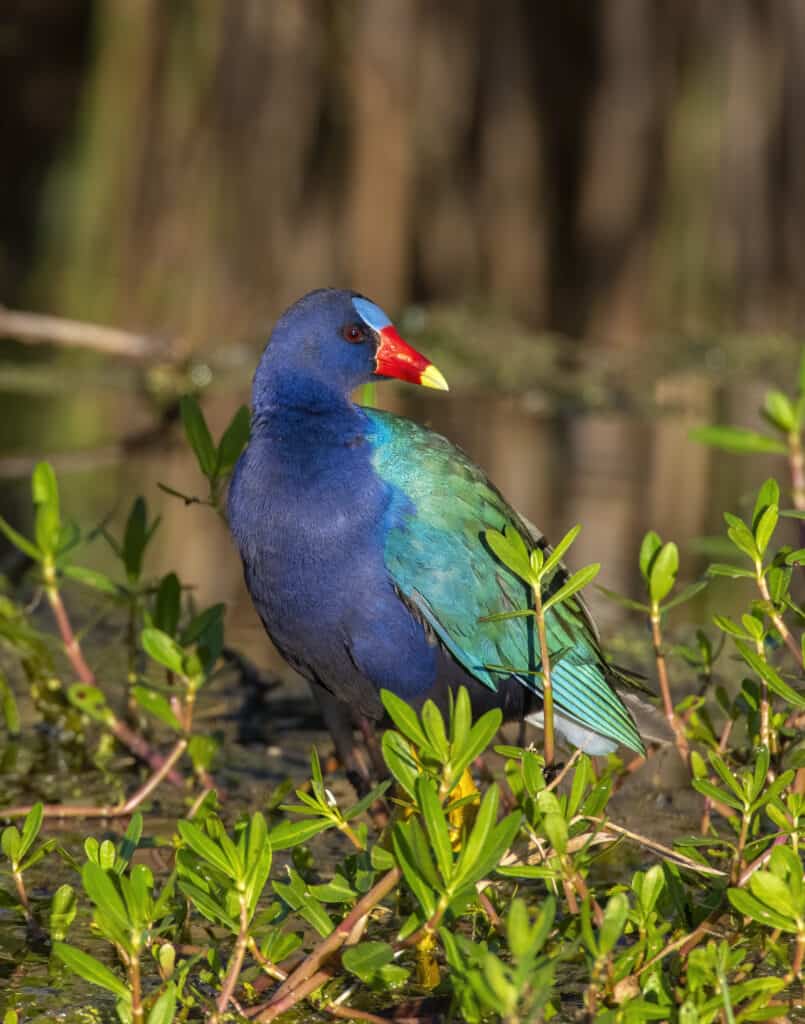
Adult purple gallinule plumage features several bright colors, including green, blue, and of course, purple.
©iStock.com/David McGowen
Migration Pattern and Timing
Most purple gallinules are residents in their environments, but some are short-distance migrants. Populations in South America and the coasts of Mexico stay in their habitats year-round. Those that breed in the southeastern United States around the Gulf of Mexico migrate to Central America during winter.
Diet
Purple gallinules are omnivores who forage by walking on floating vegetation.
What Does the Purple Gallinule Eat?
Their diet consists of seeds, fruits, aquatic plants, snails, insects, frogs, insect larvae, spiders, earthworms, and fish. They occasionally eat the young and eggs of other birds, like jacanas. They forage by walking on the ground and floating vegetation, sometimes swimming and diving underwater to grab fish and aquatic insects. Look for them sauntering across dense marsh vegetation, searching for edible plants.
Predators, Threats, and Conservation Status
The IUCN lists the purple gallinule as LC or “least concern.” Due to its extensive range and large population, this species does not meet the “threatened” status threshold. However, they suffered a severe decline at the end of the 19th century from overhunting and habitat loss. And while their populations have recovered, they are still vulnerable to losing their wetland habitats. Pollution, runoff, changes in water levels, invasive plant species, and vegetative clearing are their biggest threats today.
What Eats the Purple Gallinule?
Alligators and snapping turtles are their main predators. But their nests may fall victim to snakes, raptors, foxes, bobcats, and other wetland mammals. To help protect their young, they build their nests in dense vegetation. Their main line of defense is running, swimming, diving, or flying away. And they teach their young to submerge themselves underwater at a young age.
Reproduction, Young, and Molting
Purple gallinules are monogamous and form long-term pair bonds; some may mate for life. In North America, their breeding season runs from May to August and from March to November in South America. Females lay an average of six to eight buff-colored eggs with brown spots, and both sexes take turns incubating for 22 to 25 days. The young fledge the nest shortly after hatching and move to a second nest, where the parents are assisted by “helpers” (previous offspring) in feeding the nestlings. Juveniles less than 10 weeks old can help feed young in other nests. Purple gallinules reach sexual maturity around two to three years (molting gradually over the first year) and live an average of six years.
Population
The global purple gallinule population is unknown, but their trends appear to be decreasing in North America. However, their populations are stable elsewhere. This decline is not rapid enough to meet a vulnerable status. They also do not have any extreme fluctuations or fragmentations in their numbers.
Related Animals:
View all 192 animals that start with PPurple Gallinule FAQs (Frequently Asked Questions)
Is the purple gallinule rare?
Their global population is unknown, but it is estimated to be very large. However, spotting a purple gallinule can be rare depending on your location. They only inhabit freshwater marshes.
Are purple gallinules native to Florida?
Yes! Purple gallinules live year-round in central and southern Florida. Northern Florida populations stay in spring and summer before migrating further south for the winter.
What is another name for the purple gallinule?
This species is also known locally as the yellow-legged gallinule.
What eats the purple gallinule?
Alligators and snapping turtles are their main predators. But their nests may fall victim to snakes, raptors, foxes, bobcats, and other wetland mammals.
Where can I find purple gallinule?
They live year-round in southern Florida, Mexico, the West Indies, Central America, and a large portion of South America
Can gallinules fly?
They typically only fly when startled, moving short distances and landing in nearby trees.
What does the American purple gallinule eat?
Their diet consists of seeds, fruits, aquatic plants, snails, insects, frogs, insect larvae, spiders, earthworms, and fish.
Thank you for reading! Have some feedback for us? Contact the AZ Animals editorial team.
Sources
- IUCN Redlist, Available here: https://www.iucnredlist.org/species/22692827/93371309
- Springer, Available here: https://link.springer.com/article/10.1007/BF00299730
- jstor, Available here: https://www.jstor.org/stable/4082773
- Science Direct, Available here: https://www.sciencedirect.com/science/article/abs/pii/S0006320703004324








